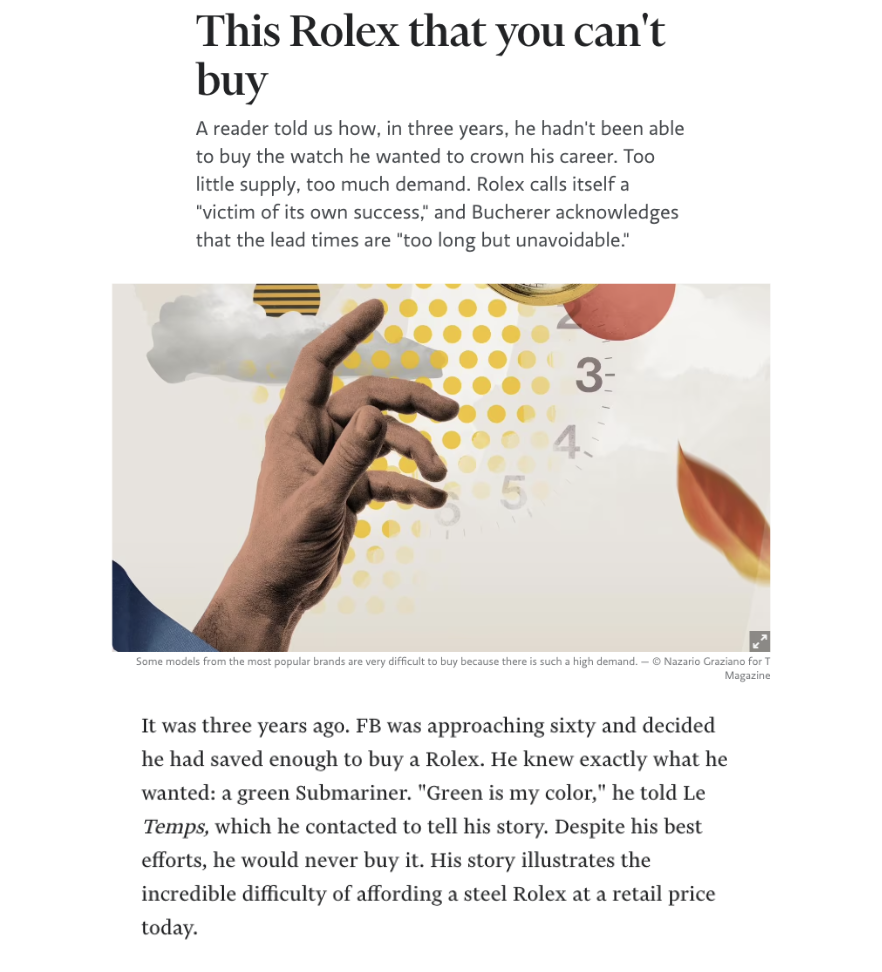Brandsuitability by Qwarry
Go beyond safety by aligning with relevance
Brand Suitability is more than just avoiding bad placements - it’s about ensuring your ads appear in editorial contexts that truly reflect your brand’s values.
Qwarry helps you deliver campaigns that are not only safe, but also meaningful, contextually aligned, and image-enhancing.






tailored to your brand
URLs analyzed
non-controversial exposure guaranteed

Protect your brand from false positives and false negatives
Our proprietary model goes beyond basic content filters. It uses emotional tone detection, semantic context analysis, and deep topic classification to filter out false positives and false negatives — ensuring you hit the right note, every time.
The guarantee of running your programmatic campaigns on appropriate content
Targeted semantic models


.jpg)

Gain full control of your campaigns by running them only in positive, brand-enhancing contexts.
Maximize impact while minimizing risk.
Adjust spend based on emotional alignment and content sensitivity.

Why is Brandsuitability important for online advertisers?
Brand Suitability holds significant importance for online advertisers due to several critical reasons:
Reputation protection: It serves as a safeguard for maintaining brand reputation by steering clear of associations with inappropriate, offensive, or controversial content.
Strategic alignment: Ensuring that ads are placed in editorial contexts that resonate with the brand's values and image enhances the coherence of communication, fostering strategic alignment.
Advertising effectiveness: By presenting ads in suitable contexts, Brand Suitability enhances the relevance of ads to users, thereby fostering better engagement and improved advertising performance.
User trust: By featuring ads in positive editorial environments, Brand Suitability cultivates user trust and contributes to a more favorable advertising experience.
In summary, Brand Suitability goes beyond simple security by ensuring that ads are delivered in editorial contexts that align with brand strategy, providing reputation protection, advertising effectiveness, and increased user trust.
How does content sentiment analysis work in the context of Brand Suitability? Positive vs Neg
Content sentiment analysis plays a crucial role within the realm of Brand Suitability, relying on natural language processing (NLP) algorithms to gauge the overall tone and sentiment of specific content. In the context of Brand Suitability, this analysis enables the classification of content into categories such as positive, negative, or neutral.
In Brand Suitability, advertisers typically seek to steer clear of having their ads displayed alongside negative or controversial content. Therefore, sentiment analysis technology serves to identify indicators of negative content, subsequently preventing ads from appearing in these contexts. This ensures that ads are aligned with positive editorial environments that uphold the brand image.
What is the difference between Brand Safety and Brand Suitability?
Brand Safety and Brand Suitability are two essential concepts in online advertising, each serving distinct roles:
Brand Safety: The primary focus of Brand Safety is safeguarding a brand's reputation by preventing ads from appearing alongside inappropriate, offensive, or controversial content. It aims to mitigate advertising missteps and ensures that ads are displayed in secure environments consistent with brand values.
Brand Suitability: Unlike Brand Safety, Brand Suitability delves deeper into ensuring that ads are placed in editorial contexts aligning with the brand's values and image. It involves a comprehensive analysis of web page content, considering factors such as tone, sentiment, editorial quality, and relevance to the brand. Brand Suitability aims to ensure that ads are not only safe but also appropriate and strategically aligned with the brand's communication strategy.
On the other hand, Brand Suitability goes beyond Brand Safety by seeking to broadcast ads in editorial contexts that correspond to the values and image of the brand. It involves a deeper analysis of the content of the web pages where ads are shown, taking into account nuances such as the feeling of the content, its tone, its editorial quality, and its relevance to the brand. Brand Suitability aims to ensure that ads are not only safe, but also appropriate and aligned with the brand's communication strategy.
In summary, while Brand Safety primarily focuses on protecting a brand's reputation by avoiding harmful content, Brand Suitability takes a more nuanced approach by ensuring ads are placed in contexts that resonate with the brand's identity and messaging objectives.


